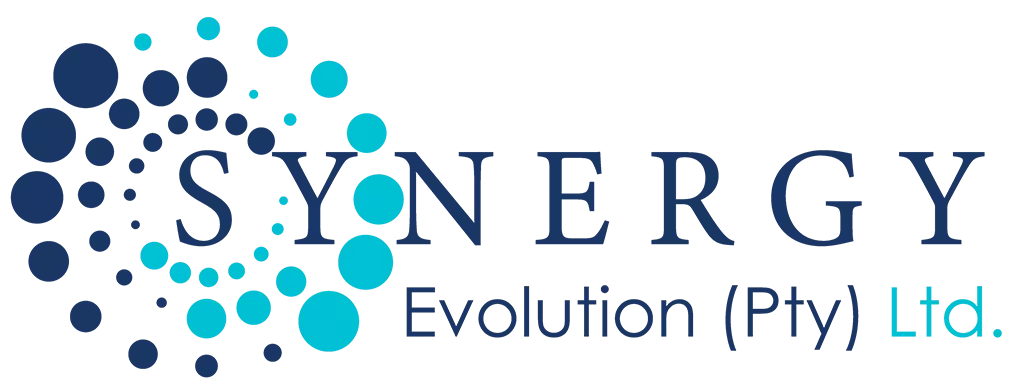The global transition to renewable energy has led to an unprecedented growth in wind farms, solar panels, hydroelectric facilities, and other green infrastructure.
This rapid expansion poses unique challenges for asset management in the energy sector.
Managing renewable energy infrastructure effectively is critical for maintaining efficiency, reducing costs, and ensuring environmental and regulatory compliance.
In this blog, we explore the importance of asset management in the renewable energy sector, key challenges, best practices, and the role of technology in streamlining operations.
Why Asset Management Is Critical in Renewable Energy
- Maximizing Asset Performance
Renewable energy infrastructure requires optimal performance to generate consistent energy output and deliver ROI.
- Reducing Maintenance Costs
Proactive and preventive maintenance reduces the risk of costly breakdowns and extends the lifespan of critical assets like wind turbines and solar panels.
- Ensuring Regulatory Compliance
Energy infrastructure must comply with environmental and safety regulations, requiring meticulous tracking and reporting.
- Supporting Sustainability Goals
Effective asset management ensures renewable energy infrastructure operates efficiently, supporting sustainability objectives and reducing carbon footprints.
Challenges in Managing Renewable Energy Infrastructure
- Distributed Assets
Renewable energy infrastructure, such as wind farms and solar panels, is often spread across vast and remote locations, making monitoring and maintenance challenging.
- Variable Energy Output
Energy generation from renewable sources like wind and solar fluctuates based on weather conditions, requiring real-time data monitoring for adjustments.
- High Initial Costs and ROI Pressure
The significant upfront investment in renewable energy infrastructure places pressure on ensuring assets operate at peak efficiency to generate returns.
- Complex Maintenance Requirements
Renewable energy assets have unique maintenance needs, such as cleaning solar panels or lubricating wind turbine blades, which demand specialized expertise.
- Integration with Legacy Systems
Incorporating renewable energy infrastructure with existing power grids and legacy systems requires robust asset management solutions.
- Evolving Technology
The rapid advancement of renewable energy technologies means infrastructure can quickly become outdated, requiring constant updates and upgrades.
Best Practices for Renewable Energy Asset Management
- Implement Predictive Maintenance
Use IoT sensors and predictive analytics to monitor equipment performance and identify potential issues before they lead to failure.
- Perform Regular Inspections
Schedule routine inspections for critical assets, such as wind turbines, inverters, and battery storage systems, to ensure they remain in optimal condition.
- Leverage Digital Twins
Digital twin technology allows for real-time simulation of renewable energy assets, enabling operators to monitor performance, predict maintenance needs, and test upgrades virtually.
- Centralize Asset Data
Adopt centralized asset management platforms that integrate data from multiple sites, providing a single view of all infrastructure.
- Optimize Energy Storage
Efficient management of battery storage systems is vital for ensuring a consistent energy supply during periods of low generation.
- Train and Equip Staff
Invest in specialized training for maintenance personnel and provide them with advanced tools and technology to perform their tasks effectively.
- Monitor Regulatory Compliance
Maintain detailed records of asset performance, maintenance, and emissions to ensure compliance with energy and environmental regulations.
- Collaborate with Stakeholders
Work closely with engineers, technicians, and policymakers to ensure assets are managed efficiently and aligned with broader energy goals.
The Role of Technology in Renewable Energy Asset Management
- Internet of Things (IoT)
IoT-enabled sensors provide real-time monitoring of wind turbines, solar panels, and other renewable energy assets, enabling quick responses to performance issues.
- Artificial Intelligence (AI)
AI-powered analytics predict equipment failures, optimize energy output, and suggest maintenance schedules, reducing downtime and costs.
- Blockchain for Transparency
Blockchain technology enhances transparency and traceability in renewable energy transactions, ensuring accountability and streamlining contracts between stakeholders.
- Geographic Information Systems (GIS)
GIS tools help monitor infrastructure across large geographical areas, supporting remote asset tracking and maintenance planning.
- Cloud-Based Asset Management Software
Cloud platforms allow operators to access asset data anytime, anywhere, enabling better decision-making and collaboration among stakeholders.
- Drone Inspections
Drones equipped with cameras and sensors can inspect hard-to-reach assets like wind turbine blades or large solar farms, reducing manual labor and increasing safety.
Key Benefits of Effective Renewable Energy Asset Management
- Increased Efficiency: Optimized asset performance reduces downtime and maximizes energy generation.
- Lower Operational Costs: Preventive maintenance and real-time monitoring minimize costly repairs and unexpected failures.
- Extended Asset Lifespan: Proper management ensures renewable energy infrastructure remains functional and efficient for longer periods.
- Improved ROI: Efficient energy generation and lower maintenance costs enhance the return on investment.
- Enhanced Sustainability: Reliable operation of renewable energy assets contributes to global sustainability goals by reducing greenhouse gas emissions.
Real-World Applications of Asset Management in Renewable Energy
- Wind Farms: Operators use IoT sensors to monitor turbine speed, blade condition, and energy output, while drones perform visual inspections.
- Solar Farms: Automated systems track energy output, monitor panel cleanliness, and schedule maintenance for optimal performance.
- Hydroelectric Plants: Asset management software ensures turbines and dam infrastructure are regularly inspected and maintained, preventing costly breakdowns.
- Battery Storage Systems: AI-driven tools monitor battery health and optimize energy storage to meet fluctuating demand.
Future Trends in Renewable Energy Asset Management
- Smart Grids: The integration of smart grids with renewable energy infrastructure will enhance energy distribution and improve grid resilience.
- Advanced Energy Storage: Innovations in energy storage, such as solid-state batteries and hydrogen storage, will enable more efficient energy management.
- Autonomous Maintenance: Robotics and AI-driven automation will streamline the inspection and repair of renewable energy assets, reducing reliance on human intervention.
- Sustainability Reporting: Asset management platforms will increasingly focus on tracking and reporting carbon emissions, aligning with global sustainability standards.
Conclusion
The effective management of renewable energy infrastructure is crucial for ensuring consistent energy generation, reducing costs, and supporting global sustainability goals.
By leveraging advanced technologies and adopting best practices, energy sector operators can optimize their assets, maximize ROI, and contribute to a greener future.
Synergy Evolution is committed to empowering energy businesses with cutting-edge asset management solutions tailored for renewable energy.
Contact us today to learn more about how we can help you manage your infrastructure effectively.








